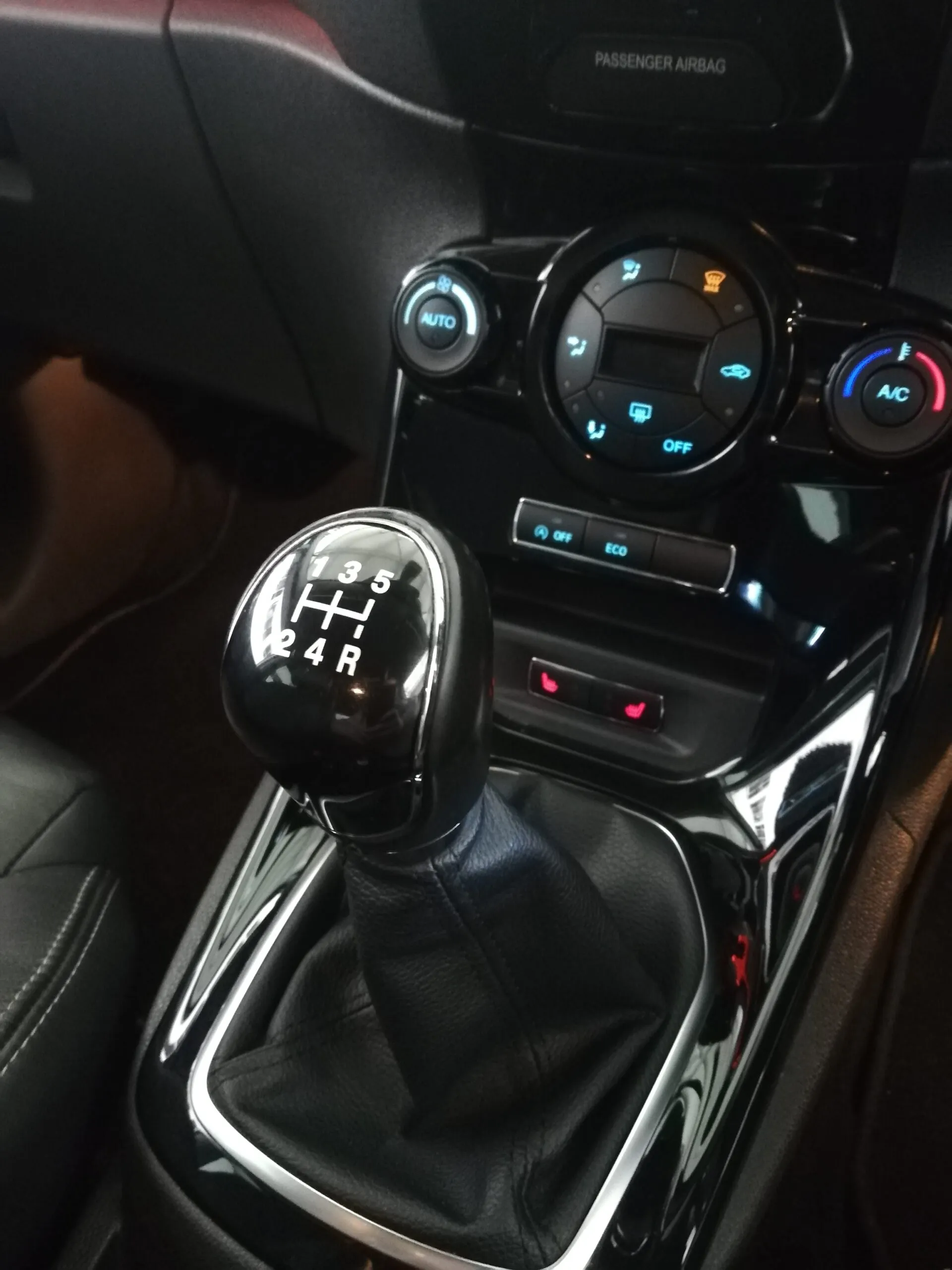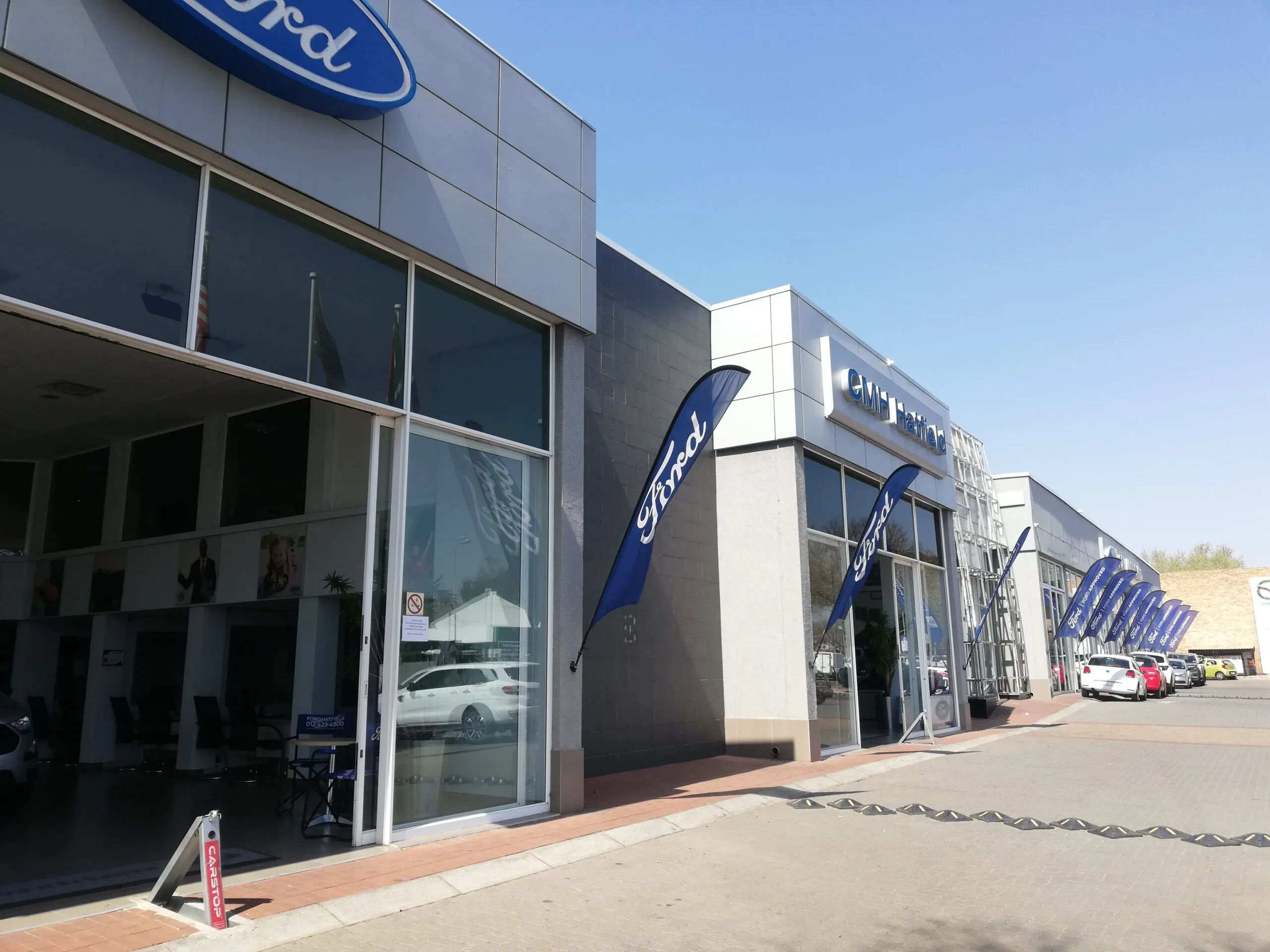For your car to be able to get from point A to point B, it needs a working transmission. But whilst everyone agrees that a transmission is vital to the inner workings of any car, there is no consensus regarding what kind of transmission is better—automatic or manual
There are so many makes and models to choose from, not knowing where to start can become a challenge. Therefore, CMH Ford Hatfield will help you make an informed decision because both transmissions have their own unique advantages and disadvantages.
The real big difference between auto and manual is the clutch vs torque converter. The car enthusiast would prefer the direct control of the torque applied to the wheels in comparison to what you get from a clutch.
CMH Ford Hatfield has compiled a few pointers that explain the differences between driving manual and automatic transmission vehicles.
Manual Transmission
Manual transmission cars have been in existence since the mass production of cars. For those drivers who prefer to be more involved in the inner workings of their vehicle, the manual transmission delegates the shifting of engine gears back to the pilot.
Manual cars are becoming more affordable than automatic cars. If you are buying a car on a low budget, opt for the manual transmission.

Pros
· Cheaper to maintain — With all the added machinery that is put into the automatic transmission, it can end up costing you a lot of money just to keep it running properly.
Manual transmission cars require very little maintenance, and general maintenance and repairs end up being significantly less costly.Be warned, however, because one thing that a manual has that the automatic doesn’t have to worry about is the clutch. If that fails, you could be in trouble.
· Better fuel efficiency — Overall, manual transmission engines are less complex, weigh less, and have more gears than automatics.
The result is that you’ll end up getting more kilometres out of the petrol you pump in than you would with an automatic.
Manual transmissions have been known to save drivers between 5% and 15% on their fuel costs.
· Better control — Automatic transmissions are designed to choose the most appropriate gear for any situation, but they tend to err on the side of caution, shifting to too high of a gear and wasting engine power.
At the same time, they are built to respond to conditions as they are encountered. This doesn’t allow for drivers to either anticipate an oncoming condition or proactively select a lower gear for an added boost of power.
Manual transmissions give drivers increased control over the vehicle.
Cons
• More difficult to learn – Learning manual can often take longer because you must change gears manually.
• Heavy traffic driving — Driving in heavy traffic conditions can be difficult due to constant stopping/starting and manual gear changes.
You have greater control of the car when you are using a manual transmission. However, you need to concentrate and balance your feet when operating the petrol pedal, clutch and brake pedals. Your hands are constantly on the gears. Maintenance costs are also lower.

Automatic Transmission
Automatic transmissions have been eclipsing their older manual cousins for the past few years.
Yet, despite their apparent popularity, automatic transmissions are not necessarily a better choice for many drivers.
However, they do offer advantages over manual transmissions in a few key areas.
Pros
• Easier to use — Although there’s nothing inherently difficult about shifting gears and working a clutch, it still takes a bit of practice before most drivers are comfortable learning to use each of their limbs independently in order to control a manual transmission vehicle.
Automatic transmissions, by comparison, are much simpler and take drivers significantly less time to learn.
• Less manually restrictive — Most new drivers are taught that the safest way to drive is to always keep both hands firmly on the wheel.
This is possible when driving an automatic transmission vehicle but is not possible with a manual transmission
• Better for hilly areas — If you’re a less experienced driver, you may find that navigating steep inclines in a manual transmission is difficult, especially if you’re attempting to do so from a dead stop.Automatic transmissions take care of this issue, enabling your car to operate efficiently no matter how steep the hill might be.
• Significantly reduced risk of stalling — There are a few things more embarrassing and awkward than accidentally stalling your vehicle right when the traffic light changes.
This isn’t a common problem for those driving an automatic transmission, where stalling will only occur if there’s a mechanical problem in the vehicle.• Easier to use in heavy traffic — Overall, more work goes into starting, accelerating, decelerating, and stopping manual transmissions.
This isn’t normally a problem, but in heavy traffic where a car isn’t able to get up to speed, drivers may notice that constant starting and stopping becomes a difficult chore.
Automatic transmissions allow the driver to move through heavy traffic without having to do more than push a single pedal.Cons
• Expensive to maintain — Automatic transmissions are more complex than manual transmissions.
With a variety of working parts, they often take longer for mechanics to repair, ultimately becoming costing a driver more over time.
· With an automatic vehicle, you rely on the torque converter to switch gears for you which makes it less fuel-efficient.
Automated transmissions came later and were mostly fitted to luxury cars. However, most cars today have automated transmissions. It is easier to drive an automatic car which also offers a smoother ride. The elimination of the clutch in an automatic car also allows for less footwork in urban traffic making it convenient.
If you are an inexperienced driver, it can be difficult navigating steep hills with a manual transmission. This is especially the case when the car is at a complete stop. Automatic cars let you focus on your steering. You also forget those embarrassing moments when your car stalls in the middle of traffic or at a robot.

Conclusion
The decision to purchase a manual or automatic is a personal one. With a manual car, you have low purchase and maintenance costs. However, the manual car is difficult to drive as you must constantly have one hand changing gears while your feet are balancing braking and the clutch.
The popularity of automatic cars is increasing. They have become more common. But they are more difficult to maintain than manual transmissions. They, however, offer a smoother ride.
Basically, automatic transmissions are easier to use and more comfortable for the driver, while manual transmission vehicles are less expensive and more involved. Of course, there are exceptions to any rule and the only way to be sure which one is right for you is to go for a test drive.

Call CMH Ford Hatfield on 0124234300 situated at 434 Jan Shoba Street, Hatfield Pretoria.


